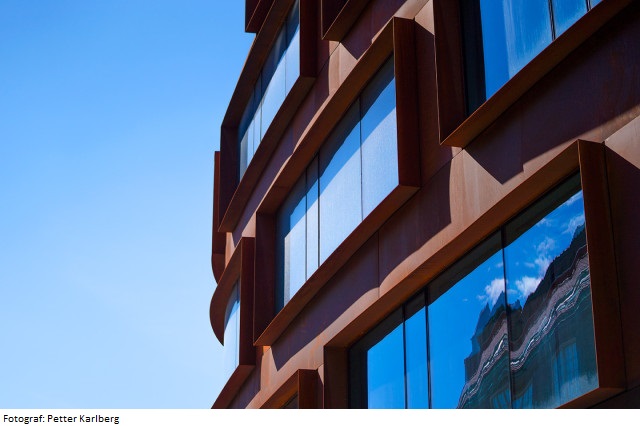During this course section students will develop those tools that are necessary for understanding the dynamics of urban complexities. The project will focus on development of analytical and urban design tools that would enable a student to grasp the multidisciplninary and complex context of Urban design.
The work process and work methodology for development of urban strategies are at the forefront of this course moment. Very important element of this course will be development of presentation skills that enable students to better analyse and understand urban context as well as to communicate ideas and project proposals. The main teaching techniques will consist of tutorials, pin ups, reviews, seminars, optional study trip, urban workshops.
